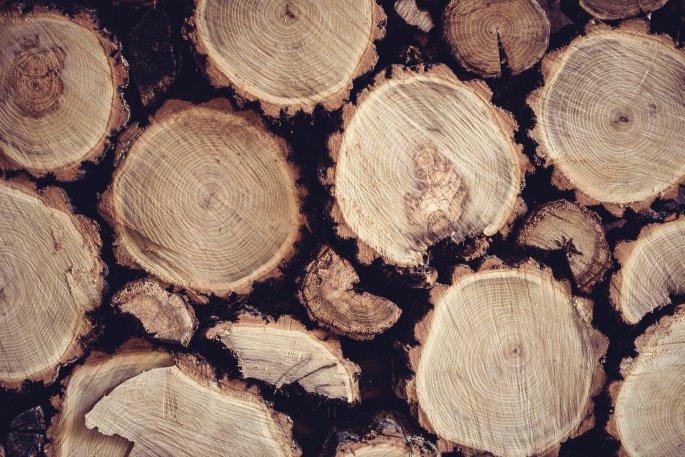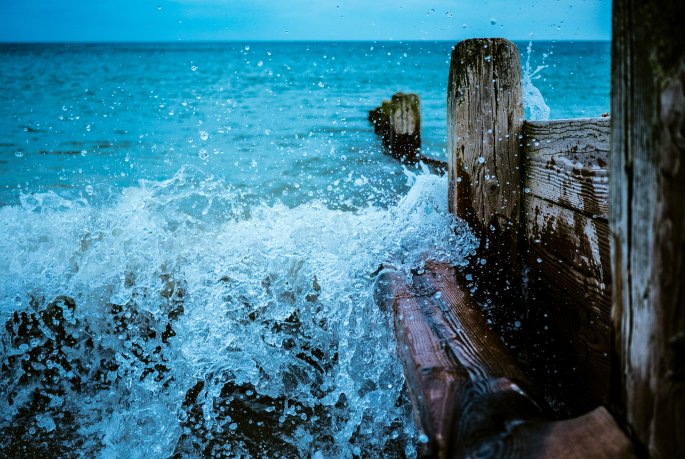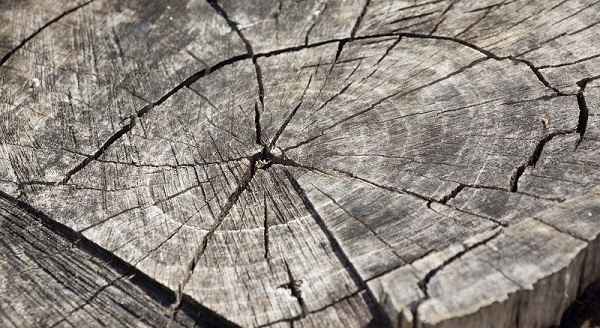| Tags | design and inspiration fun and interesting cleaning and maintenance garden bridge guide great outdoors guide children seating show all posts |
Wooden Garden Furniture Cracking: Should You Be Worried?
Last Updated: 19/11/2019
Are you worried about cracks in your wooden garden furniture? You've come to the right place. Let me assure you that you have not wasted hundreds of pounds on garden furniture which is now deteriorating. With the changing weather, your wooden garden furniture is also prone to change.
In this post we will cover:
- Why timber splits and cracks.
- How wood reacts to match it's environment
- The water content in timber and what percentage of water is ideal for building garden furniture
- How to prevent your garden furniture splitting and cracking

Wood Logs
Why Does Timber Split And Crack?
While it carries a range of helpful properties, dried wood is prone to cracking and splitting. This is particularly common during the summer months, and can be attributed to the dramatic changes in the atmosphere and humidity, and also fluctuations in temperature.
This is because the wood is attempting to match its environment.
Reaching Equilibrium
Wood alters in a bid to match its environment in terms of moisture and temperature. This is known as an equilibrium, and whenever there are changes in the environment, the timber will seek to match them itself.
Often during the summer, the air moisture content is constantly moving up and down, as well as the temperature, and the wood tries to match this. If the moisture content drops, the wood will dry out further as it looks to reach an equilibrium – which can cause it to crack and split.
Many people instantly assume that this means the wood is damaged, and that the timber is defective. However, this is not the case. It is simply a case of the clever natural product adjusting to its environment.
When the inner core of the timber is wetter than the outer section, the cracks will be evident, but once the wood's centre is also dried out to the level of the atmosphere it is in, these cracks and splits will disappear.

Waves Crashing Against Wood
Timber And Water Content
Fresh (green) wood from a recently cut tree can contain water content of up to 50% of its weight. The two types of water that are contained naturally in the wood are known as free water and bound water.
- Free water is held in the capillaries of the wood, and can be both absorbed and expelled from the wood easily. It is therefore the first water to leave the wood during the drying process.
- Bound water is held within the wood by bonded hydrogen atoms and takes much longer to leave.
Wood is generally ready to work with when it reaches around 25-30% water content – which is known as the fibre saturation point (FSP). Dried timber is also preferred for use, particularly when used for furniture, for a number of reasons.
The benefits of dried timber include:
- Organisms and insects that cause decay usually cannot survive or damage wood with a low moisture content, and prefer green timber.
- Dried wood is better at insulating and possesses better thermal qualities to green wood.
- Dried wood is much stronger than green wood in the vast majority of cases.
- Preservatives and finishing products penetrate dried wood than they do green wood.

Wood Cracking
Can You Prevent Timber Cracking And Splitting?
Part of the charm of owning wooden garden furniture or features is its natural ability to change and suit its surroundings.
Because it's a natural process, the cracking and splitting of timber cannot be totally prevented. However, if it is a concern for you that it is happening, the process can be slowed by applying a treatment to the wood.
We recommend Cuprinol Shed and Fence Protector or Ronseal Shed and Fence Preserver for such treatments.
Don't Panic About Timber Cracking!
The next time you're out in the garden, take a look at your furniture. Does it have cracks? Have the old cracks disappeared? It can be fun to monitor the timber over the course of the seasons and see how the environment affects it, and to watch how the timber responds.
But the most important thing of all is to not panic! It might seem as though cracks and splits are a sign of poor quality timber, but this simply is not the case. Just relax and enjoy the magic of nature as the wood restores itself over time.
